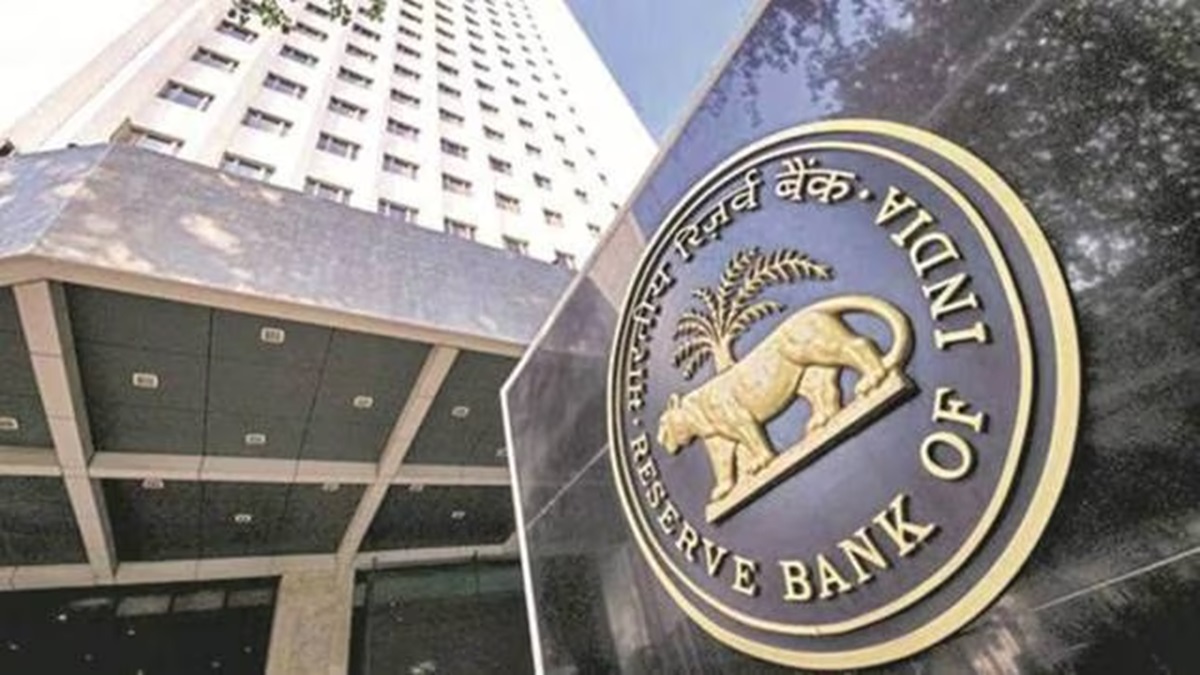On Tuesday, Indian government bond prices surged to their highest levels in over three years, primarily driven by strong short-end gains. This uptick followed the Reserve Bank of India’s (RBI) recent announcement regarding a significant liquidity boost, showcasing the central bank’s proactive measures to enhance monetary policy effectiveness.
RBI’s Liquidity Moves
The Reserve Bank of India is set to purchase bonds worth 400 billion rupees (approximately $4.67 billion) and will also initiate a 43-day repo operation amounting to 1.50 trillion rupees this Thursday. This action comes on the heels of the central bank’s decision to lower the repo rate for the second consecutive time, shifting its stance to an accommodative one.
- Key Actions by RBI:
- Bond purchases of 400 billion rupees
- 43-day repo operation of 1.50 trillion rupees
- Recent repo rate cut aimed at stimulating growth
The Importance of Liquidity
According to Governor Sanjay Malhotra, the RBI aims to keep a robust liquidity surplus within the banking system, targeting about 1% of deposits. This surplus is projected to be between 2.20 trillion rupees and 2.50 trillion rupees, with the daily average liquidity surplus in the banking system around 1.70 trillion rupees this month. With the RBI in the midst of a rate-easing cycle, maintaining comfortable liquidity is deemed essential for faster and more effective policy transmission, ultimately supporting economic growth.
Market Response to RBI Initiatives
The market reacted positively to these developments, with the 10-year benchmark bond yield declining by 3 basis points to 6.41%. Shorter-term yields also saw a drop, with three-year and five-year bond yields falling by 5-6 basis points, settling at 6.12% and 6.17%, respectively.
Expert Insights
A. Prasanna, head of research at ICICI Securities Primary Dealership, commented, “The indicative commitment may still require a net durable liquidity injection of around 3 trillion rupees. We anticipate that around 90% of this will come from OMO purchases, with the remainder through FX swaps.”
V.R.C. Reddy, treasury head at Karur Vysya Bank, noted, “The RBI’s unexpected announcement underscores its dedication to maintaining ample liquidity. This strategy is likely to sustain the bullish trend in yields, possibly driving the 10-year yield below 6.40%, while shorter-duration bond yields may experience further declines.”
By keeping a close eye on these developments, investors can better understand the implications of RBI’s actions on the bond market and overall economic growth in India.











